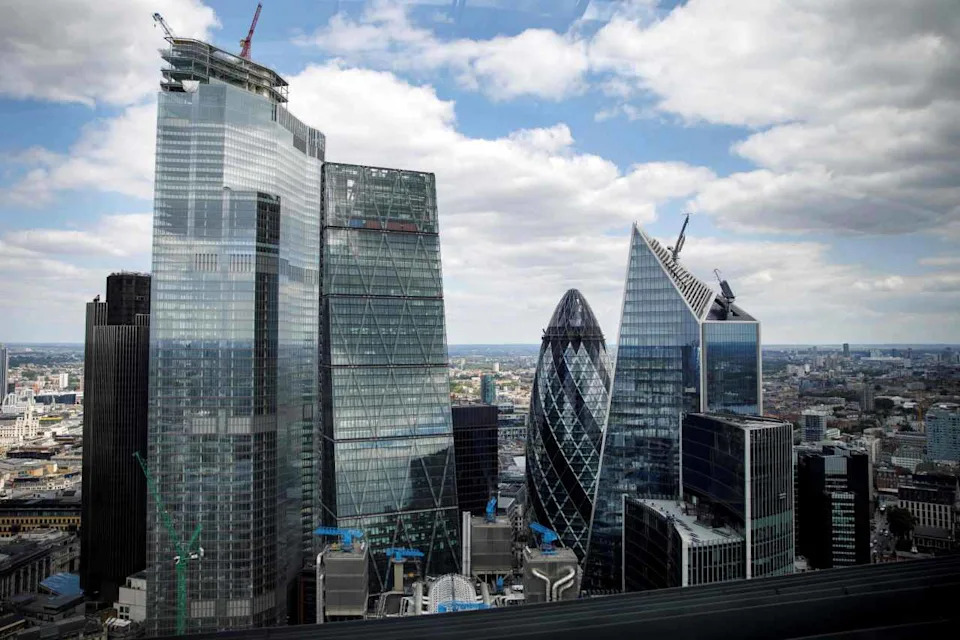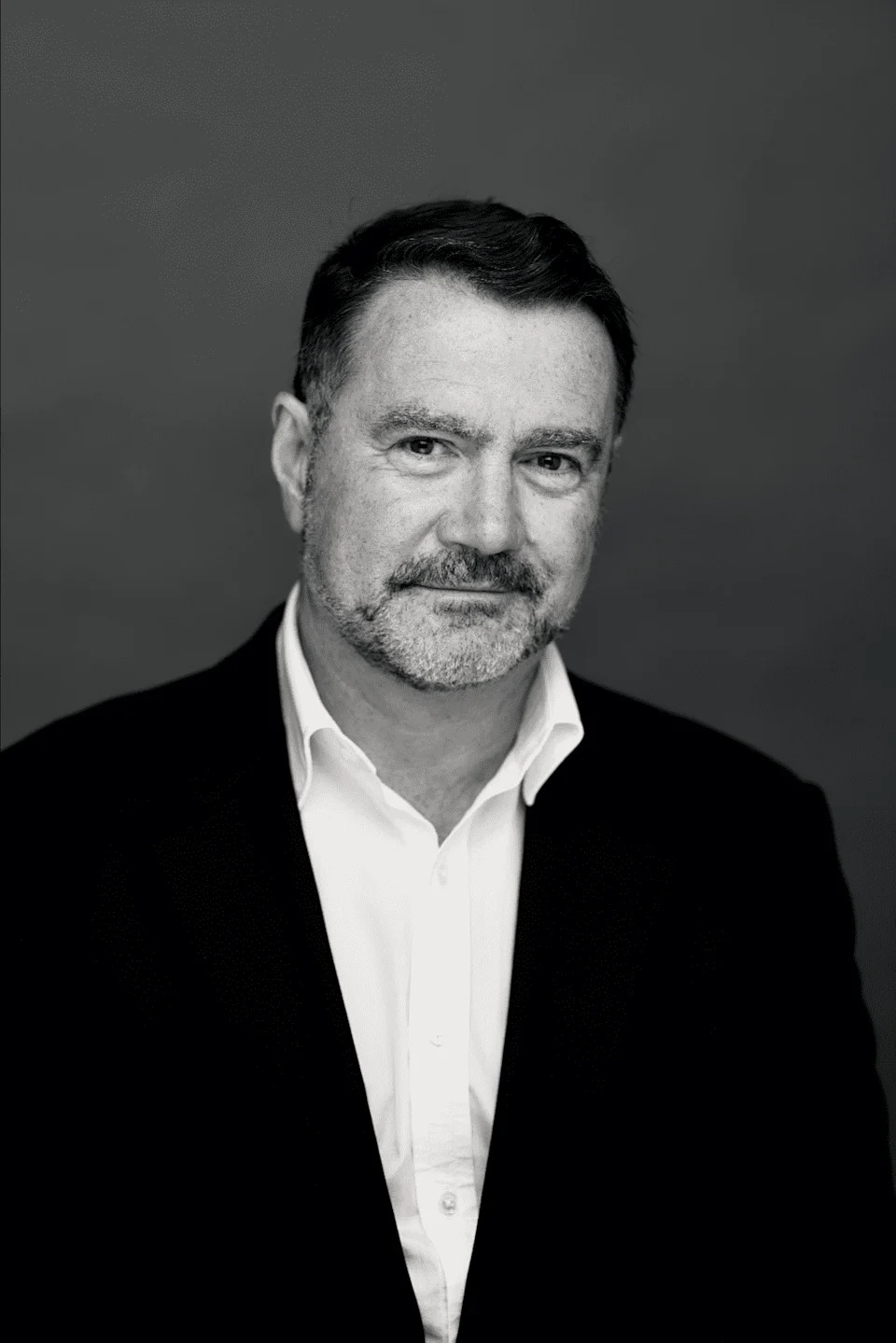
Steve Diggle’s Artradis was once the biggest hedge fund in Asia. In the era of the global financial crisis and “The Big Short,” his tail-risk fund — a portfolio of instruments that benefit from highly adverse market conditions — doubled its assets and returned $3 billion to investors in the process.
Diggle’s strategy of being long volatility and short credit risk, with a particular focus on the then-nascent credit-default-swap market, proved tremendously successful as markets malfunctioned and asset prices collapsed. The fundamentally bearish approach proved tremendously successful as investors realized how badly risk had been mispriced in a long bull market stretching back to 2002.

Diggle closed his long volatility fund in 2011 when unprecedented — and concerted —quantitative easing by the world’s largest central banks depressed volatility to such an extent that the Artradis blueprint was no longer applicable.
Things have moved on since 2011, though, and Diggle thinks the time is right to reinitiate his strategy. “I see a lot of the same complacency and mispricing of risk we witnessed before the global financial crisis began to bubble in 2007,” he told MarketWatch in an interview.
Diggle believes, he said, that the opportunity set that markets present to his new Vulpes AI Long/Short, or VAILS fund, launched on May 1, is very similar, which he’ll be running from London rather than Artradis’s former home of Singapore.
There are some differences, however. In 2005–08 much of the hidden risk and excess leverage in the system was in banks and mortgages. Said Diggle: “In 2025 financial markets are riddled with several fault lines, but now the bubble and the dangerous leverage is centered on private equity and private credit.”
Here, again, the assets are misunderstood, poorly regulated, illiquid, mispriced or overvalued, and divestment is difficult without taking hits or marking down the value of other holdings.
First, given the enormous budget deficits and huge debts incurred by a decade of QE and then the global pandemic, said Diggle, “central banks are simply not in a position to implement similarly accommodative monetary policy again.”
Second, there is inflation in the system once more. After 40 years of exporting deflation, China is no longer in that position, as globalization is reversing, and protectionist economics are destabilizing supply chains.
Third, geopolitics present a clear and present threat to the security of asset markets.
Fourth, the U.S. equity market, representing two-thirds of the world’s total, is now — by most valuation metrics — expensive.
Lastly, he added, ‘“the world’s largest and most powerful economy is being piloted by a disruptive and, some may contend, reckless captain whose unpredictability and irrationality have generated wild market turbulence.”
Of course, there are other tail-risk funds and strategies that benefit from bearish views.
So what does he add? Straight off the bat, Diggle replies: “I did it before.”
He pointed out that he never gated Artradis during the global financial crisis. Unlike many funds during those periods of wild swings and illiquidity, Artradis always allowed clients to get their money out immediately. Investors back then were frequently obliged to liquidate their tail-risk hedges to offset losses elsewhere.
Diggle is also keen to point out that “I’m not a permabear, like the Nouriel Roubinis and Albert Edwardses of this world.” His investment opinions are tactical, not ideological. His misgivings about asset prices have a simple origin: “Not enough people have hedges.”
VAILS intends to combine selected long volatility positions in indices and stocks with credit-default swaps, not unlike the approach that served Diggle and his investors so well in 2008.
For investors running tail-risk funds, the challenge is staying alive while the market, as it usually does, rises.
“We were able to carve out sufficient returns in a low-volatility environment through capital arbitrage,” said Diggle.
That means trying to exploit differences in valuations between different securities of the same issuer.
This time round, VAILS is unlikely to deploy capital arbitrage strategies. Markets, in some respect at least, have become more efficient in the last 15 years.
While positioning for the correction that Diggle believes must come, and generating some alpha to keep investors content in the meantime, VAILS intends to wrap the long volatility/CDS strategy up with a complementary trading model.
His proprietary model uses an AI engine, designed to trawl through sheaves of corporate data and communications and spotlight assets that are abnormally vulnerable to failure, be that because they are overvalued, fraudulent or high risk.

